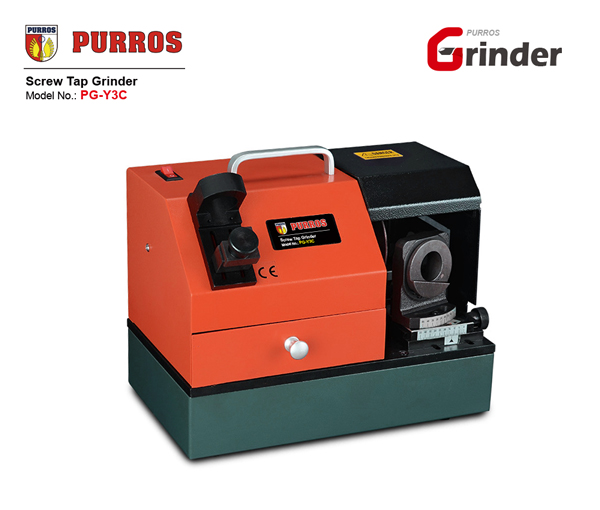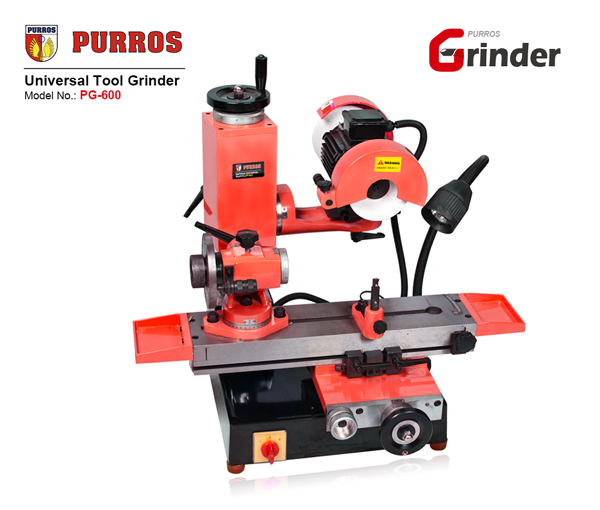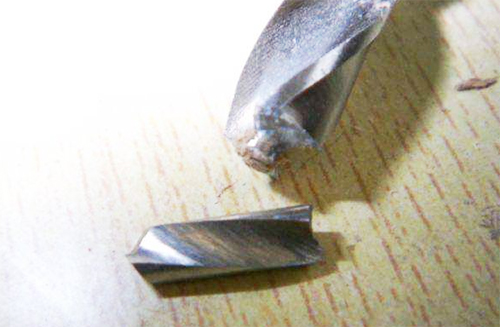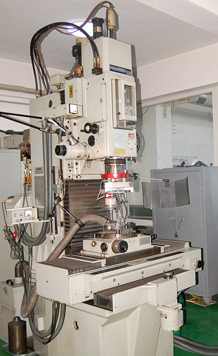-
Poor quality of tap: main materials, cutter design, heat treatment, machining accuracy, coating quality, etc.
For example, if the dimensions at the transition point of the tap cross section are too different or there is no designed transition angle resulting under stress concentration, it is easy to break when used.
The cross section transition to the junction of the handle and blade is too close to the welding mouth, which results in the superposition of complex welding stress and the stress concentration at the cross section transition, resulting in a larger stress concentration, leading to the tap breaking in use.
For example, the heat treatment process is improper.
In the heat treatment of tap, the tap may crack if it is not preheated before quenching, overheated or over-burnt, not tempered in time and cleaned too early.
-
Improper selection of tap:
High quality screw tap should be used for tapping parts with too high hardness, such as cobalt high speed steel tap, hard alloy tap, coating tap etc. In addition, different tap designs are used in different work situations. For example, the number of chip slots, size, Angle, and so on of the tap affected chip removal performance.
-
No matching between tap and processed materials:
With the increase in new materials and the difficulty of processing, in order to meet the market demand, the variety of cutter materials is also increasing. This needs to select a suitable tap product before tapping.
-
Small bore size of bottom hole:
For example, when machining M5 x 0.5 thread of black metal material, the cutting tap should be used to make the bottom hole with a 4.5mm diameter bit. If the 4.2mm diameter bit is misused to make the bottom hole, the cutting part of the tap must be increased when tapping, so that the tap will be broken. It is suggested to choosing the correct bottom hole diameter according to the type of tap and the material of tapping.
-
Material problem of tapping parts:
The tapping material is not pure, and there are some hard points or pores, causing the tap to lose balance and break.
-
The machine does not meet the requirements for the accuracy of tap:
Machine tool and clamping body are also very important, especially for high-quality taps, only certain precision machine tool and clamping body can give play to the performance of taps. Common is lack of concentricity. At the beginning of tapping, the tap is incorrectly positioned, that is, the spindle axis is different from the center line of the under hole, and the torque is too large during tapping, which is the main reason for the tap breaking.
-
Cutting fluid and lubricating oil has poor quality:
The cutting fluid and lubricating oil have problems in quality. The quality of the processed product is prone to defects such as burrs, and the service life is also greatly reduced.
-
Unreasonable cutting speed and feed amount:
When there are problems in machining, most users will reduce the cutting speed and feed amount, so that the propulsive force of the tap is reduced, and the thread precision of its production is greatly reduced. As a result, the roughness of the thread surface is increased, the thread aperture and thread precision are uncontrollable, and the problems like burrs are inevitable. However, if the feed speed is too fast, too much torque will cause the tap to break. The cutting speed of machine attacked is generally 6-15m/min. The tempered steel or hard steel material is 5-10m/min. Stainless steel is 2-7m/min; Cast iron is 8-10m/min. In the same material, the diameter of the tap is smaller and higher, while the diameter of the tap is larger and lower.
-
The operator’s skills and skills do not meet the requirements:
Above these problems, need operation personnel to make judgment or feedback to technical personnel. For example, when processing blind hole threads, when the tap is about to contact the bottom of the hole, the operator did not realize that, still press the tapping speed when it did not reach the bottom of the hole, or if the chip removal is not smooth forced feed causes the tap to break. Operators are advised to being responsible.
It can be seen from above that there are various causes of tap fracture, including machine tool, fixture, workpiece, technology, chuck and cutter.
PURROS PG-Y3C Screw Tap Grinder
PURROS PG-600 Universal Tool Grinder
When the tap wears out, we can use our PG-Y3C screw tap grinder or PG-600 universal tool grinder. But if it breaks, you can only replace it with a new one. In the use of tap, we should try to avoid the above reasons to prevent the tap fracture caused by losses.













